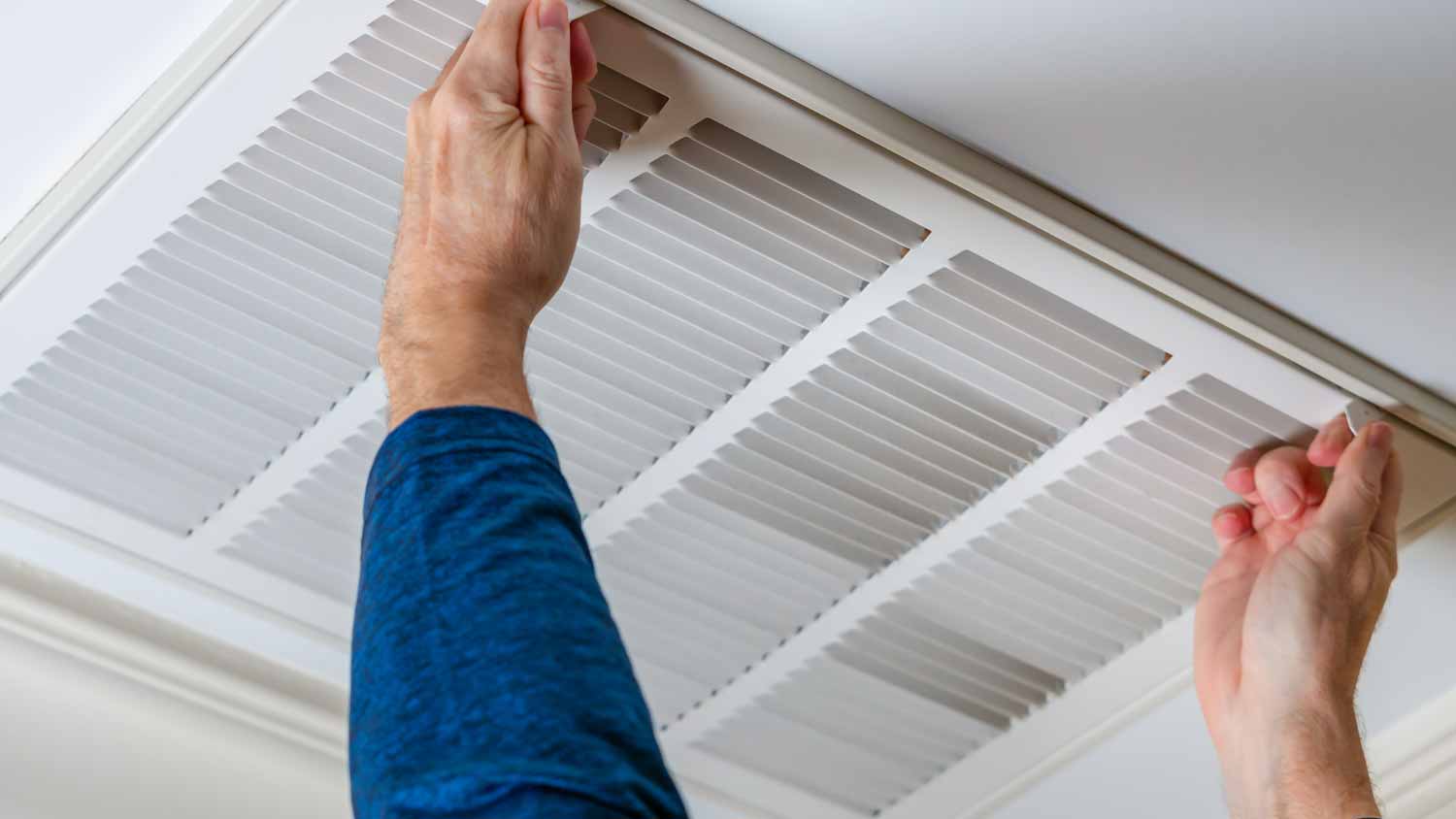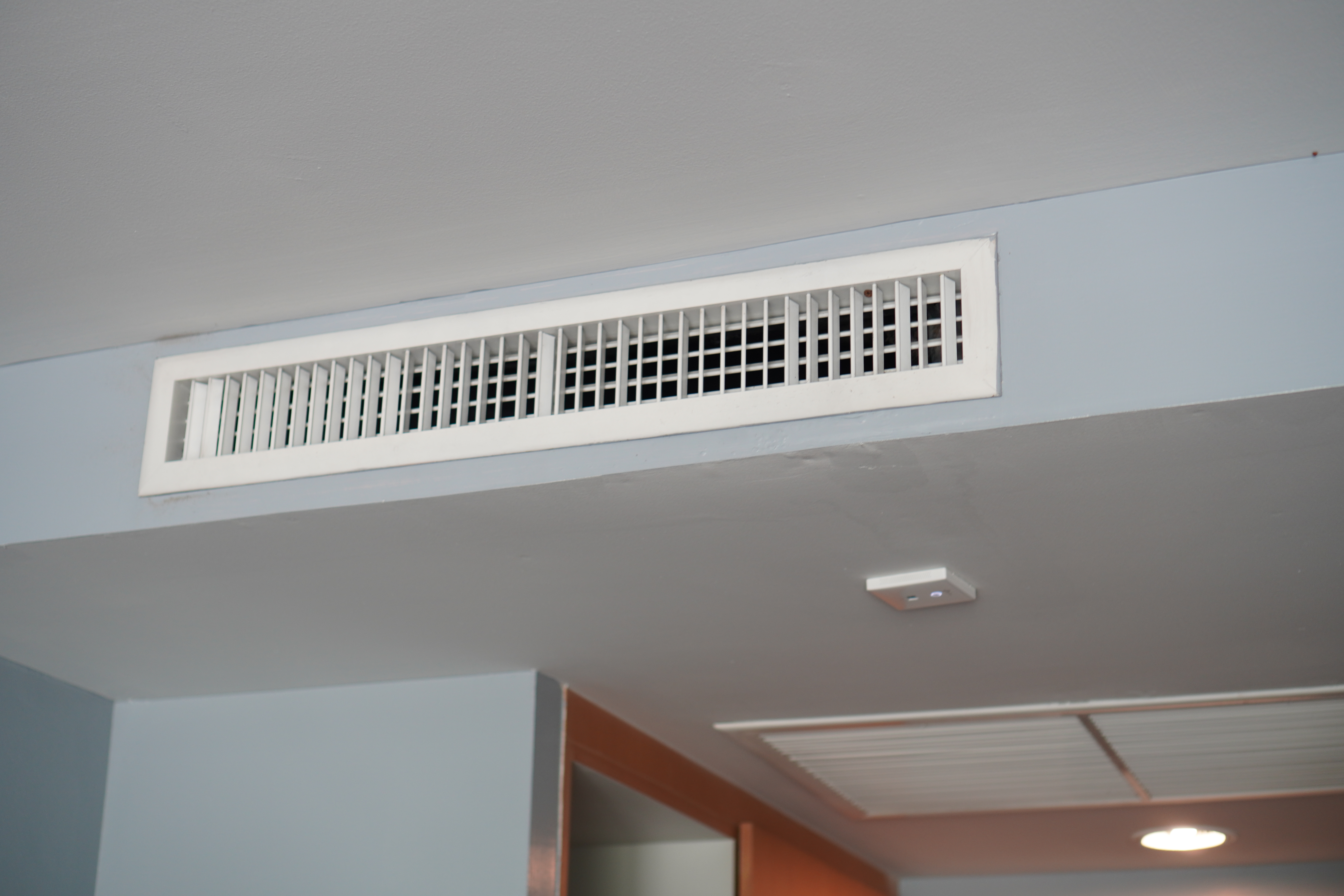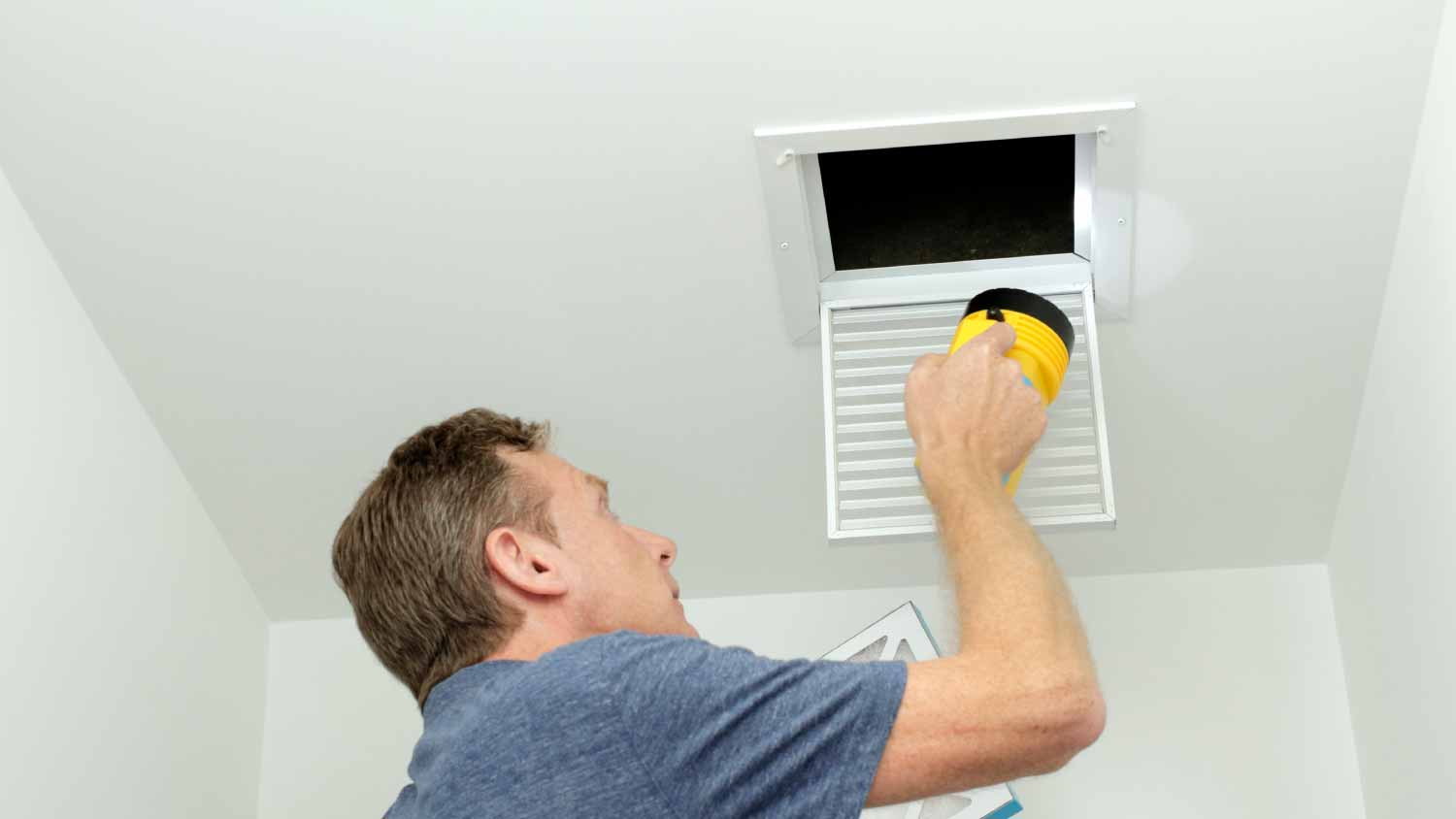
Whole-house air purifier costs depend on a variety of factors, including your home’s size and layout. The type of purifier you choose matters, too.
The optimal schedule for consistently clean air


Spring and fall are the best seasons to clean air ducts.
October is the busiest month for air duct cleaning, so book earlier to potentially get a better rate.
Air ducts should be cleaned every three to five years.
Homes with indoor air quality concerns may need to increase cleaning frequency.
Maintaining clean air ducts ensures a healthy and comfortable home environment. However, many homeowners are unsure of the optimal timing for this essential maintenance task. Learn the best time to clean air ducts to enhance indoor air quality and improve the efficiency and longevity of your HVAC system.
The best time to clean your air ducts is in the spring and fall every three to five years. Spring cleaning air ducts remove any dust, pollen, and debris accumulated over the winter months to prepare the air conditioning system for increased use in the summer. This schedule helps maintain good indoor air quality and improves the cooling system's efficiency.
Cleaning air ducts in the fall has a similar benefit, preparing the heating system for the upcoming winter months. Fall cleaning removes any dirt and debris from the summer and prevents contaminants from circulating in the home when windows are more likely to be closed.
Angi customer data shows that October is the busiest month for booking air duct cleanings, likely due to homeowners preparing for colder weather. If you want to aim for a better rate, try booking before October to avoid the rush.
Several household and location factors can increase the frequency and schedule of cleaning air ducts.
Metropolitan areas have more pollutants from vehicle emissions and industrial work, so if you live near a city your ductwork will require more frequent cleanings. Rural settings face different issues, like pollen and agricultural dust. Proximity to construction sites or industrial zones increases debris and contaminants. Local climate also matters, with humid regions prone to mold and dusty areas seeing more accumulation.
Larger households generate more dust, dirt, and debris than smaller homes. Lifestyle factors, such as having pets or smoking indoors, increase the accumulation of pet dander, hair, and smoke particles in the ducts. The frequency and duration of HVAC system usage play a crucial role. Systems used more often or year-round for heating and cooling accumulate more contaminants.
Different duct materials, such as metal or fiberglass, are susceptible to dust, mold, and damage. Older ducts, regardless of material, are more likely to have accumulated significant debris, developed leaks, or become less efficient due to wear and tear. Older duct systems also may not meet current air quality standards, requiring more frequent inspections and cleanings to ensure they are not contributing to indoor air pollution.
Indoor air quality concerns, such as allergies, respiratory conditions, mold, mildew, and excessive dust, significantly impact the need for air duct cleaning. Homes with residents suffering from allergies or respiratory issues require more frequent duct cleaning to remove air particles that irritate these conditions.
The presence of mold or mildew inside ducts can pose serious health risks, making immediate cleaning essential to prevent spores from circulating throughout the home. Visible dust and debris buildup indicates that the duct system is not effectively filtering air, and requires regular cleaning to ensure a healthy indoor environment.
Renovations and construction significantly impact the need for air duct cleaning due to the large amounts of dust, debris, and potentially hazardous materials generated during these activities.
When a home undergoes renovation, or nearby construction occurs, particles such as drywall dust, sawdust, and other contaminants can infiltrate the duct system, even if areas are sealed off. These particles can accumulate in the ducts, reducing air quality and potentially causing respiratory issues for residents.
When ducts are clogged with dust, debris, or mold, the HVAC system has to work harder to maintain the desired temperature, consuming more energy and increasing utility bills. For example, you may notice cold air blowing out of vents when the heat is on. Regular cleaning removes these obstructions, allowing for better airflow and reducing the strain on the system. This not only lowers energy consumption and costs but also extends the life span of the HVAC system by preventing excessive wear and tear.

The worst time to clean air ducts is during extreme weather conditions, such as the peak of summer or the middle of winter. HVAC systems are in high demand during these seasons for cooling or heating, and taking the system offline for cleaning is not ideal. Additionally, cleaning air ducts during seasons of high pollen counts or heavy construction can be counterproductive, as new contaminants can quickly infiltrate the freshly cleaned system.
Scheduling air duct cleaning during periods of extreme humidity can lead to moisture accumulation within the ducts, promoting mold growth and canceling the cleaning benefits. It's also less practical to clean ducts during major home renovations, as ongoing construction will continue introducing dust and debris into the system.
Air duct cleaning costs between $150 and $795 on average, but most homeowners pay $380. The price can vary based on house size and the type of air ducts in the home. Based on home size, cleaning air ducts can cost $0.15 to $0.30 per square foot. Factors such as pest, mold, mildew, and asbestos removal will increase the cost.
Going the DIY route and buying DIY air duct cleaning tools may seem cost-effective, but the best option is hiring a professional who cleans air ducts. Your local air duct cleaning technicians have industrial-grade vacuum systems and specialized tools to clean the entire duct system thoroughly.
HVAC technicians certified in the air duct cleaning process can also identify and address any issues such as mold, pest infestations, or structural problems that an untrained eye might miss. Additionally, professional cleaning ensures the job is done safely, without risking damage to the air ducts or HVAC system.
From average costs to expert advice, get all the answers you need to get your job done.

Whole-house air purifier costs depend on a variety of factors, including your home’s size and layout. The type of purifier you choose matters, too.

Curious about air duct cleaning costs? Get insights into pricing factors, benefits, and how to tell when it’s time for a good cleaning.

Air duct sanitizing removes bacteria, viruses, and pathogens from ductwork to help reduce the risk of getting sick from your home’s air.

Can flexible air ducts be cleaned? Yes, but you need to make sure you don't damage it. In many cases, it's best to hire a pro to clean your ductwork.

Dirty air vent covers can reduce air quality throughout the home. Here are some easy and efficient ways to clean air vent covers in your house.

Air duct cleaning is a very common service, but is it necessary for your home? Here are the signs to watch for and when duct cleaning is beneficial.